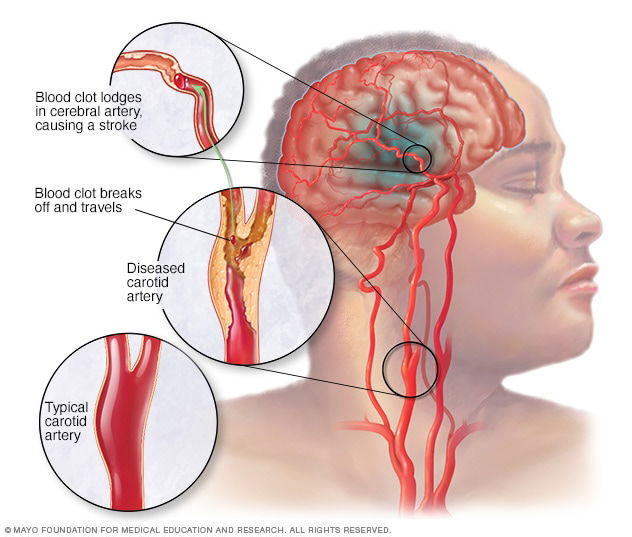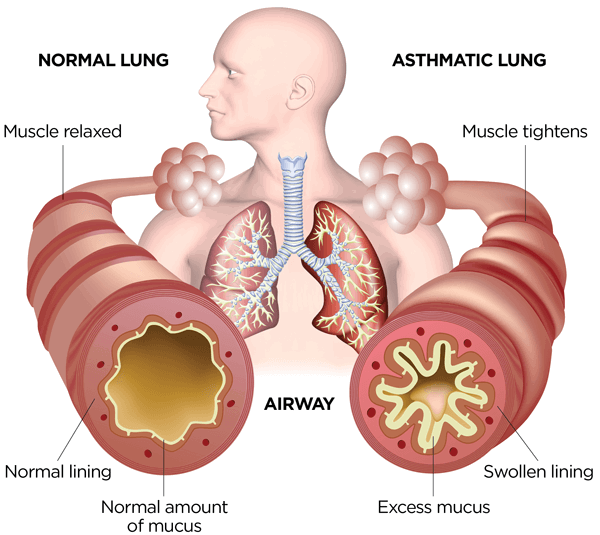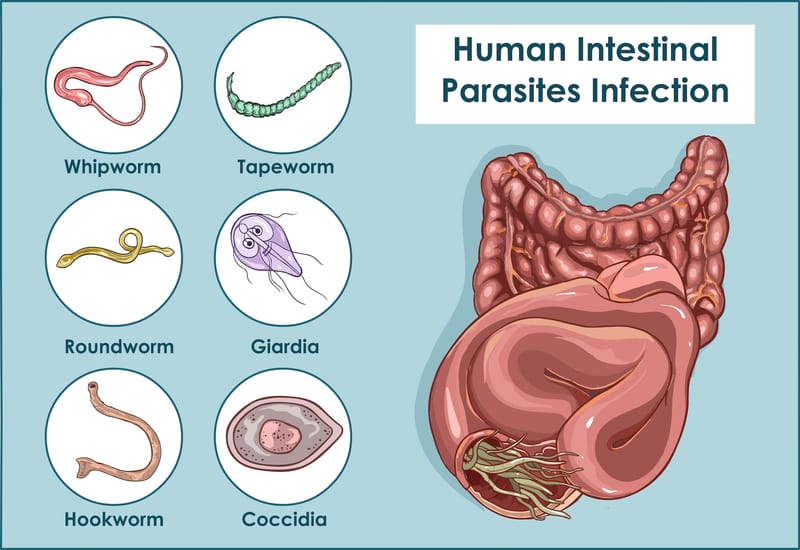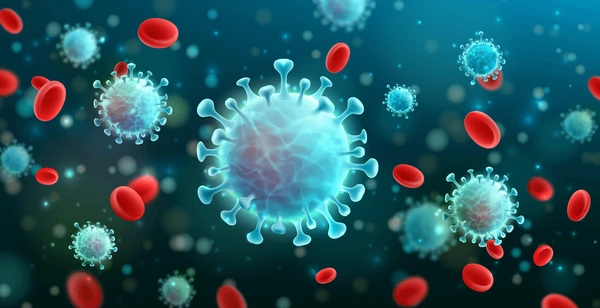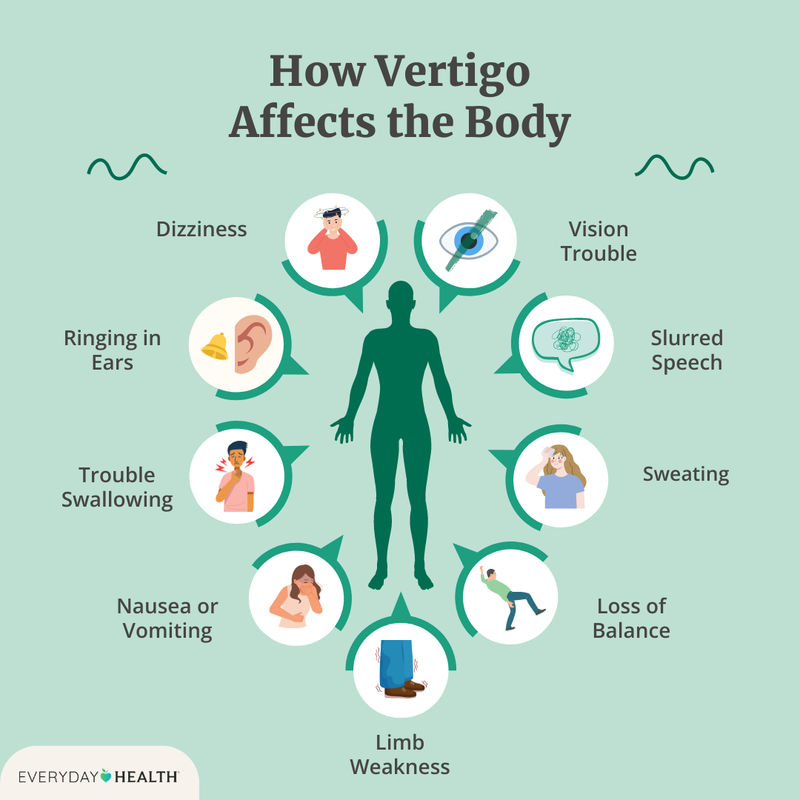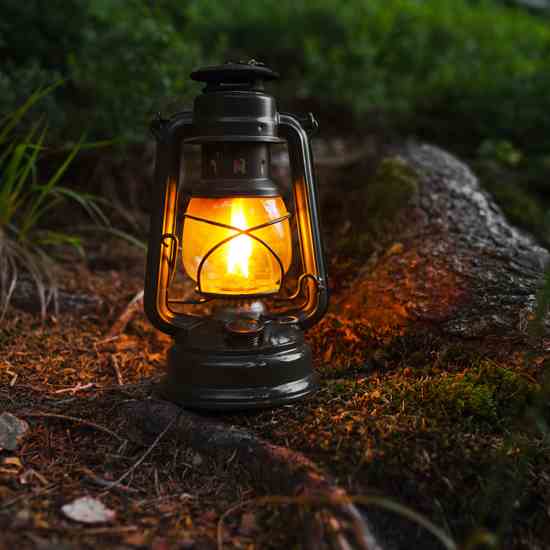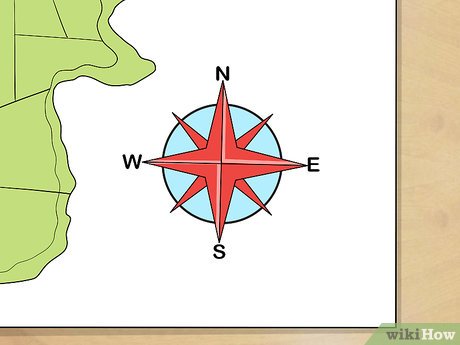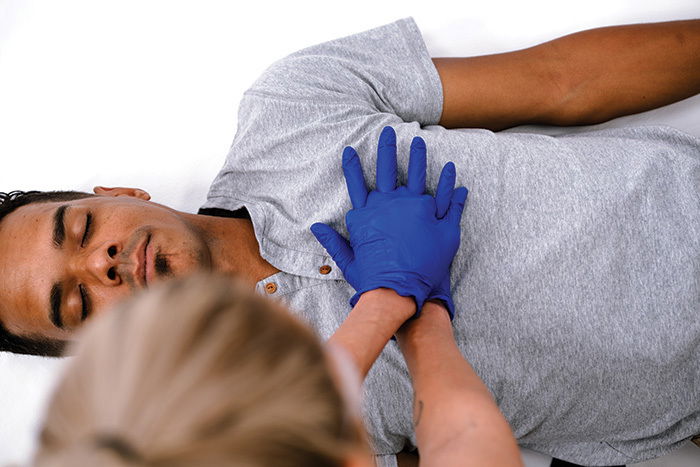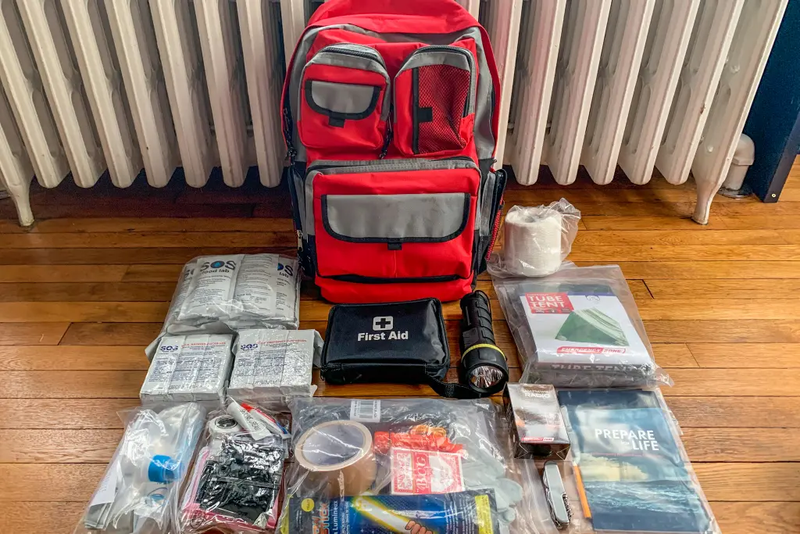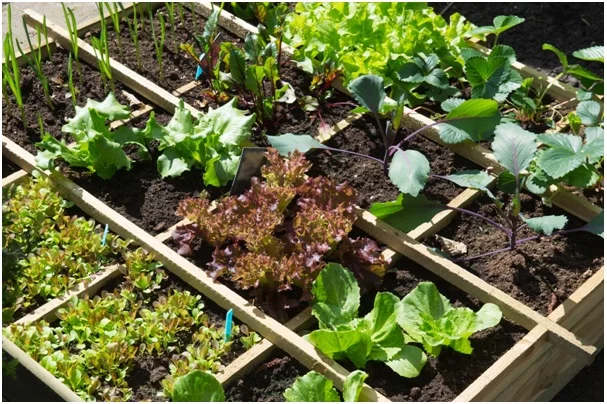health wellness and survival
Strokes are to your brain what a heart attack is to your heart. When you have a stroke, part of your brain loses its blood supply, which keeps that brain area from getting oxygen. Without oxygen, the affected brain cells become oxygen-starved and stop working properly.
Read MoreAsthma is a condition in which your airways narrow and swell and may produce extra mucus. This can make breathing difficult and trigger coughing, a whistling sound (wheezing) when you breathe out and shortness of breath
Read MoreIntestinal parasites include worms and one-celled organisms that rely on human hosts (their guts in particular) to hatch, grow and thrive. They spread when an unsuspecting host unknowingly ingests their microscopic eggs. Anti-parasitic medicines and antibiotics can clear most infections.
Read MoreCOVID-19 is caused by the SARS-CoV-2 virus. COVID-19 can cause mild to severe respiratory illness, including death.
Read MoreVertigo is a sensation of motion or spinning that is often described as dizziness . Vertigo is not the same as being lightheaded. People with vertigo feel as though they are actually spinning or moving, or that the world is spinning around them. Floods can look very different because flooding covers anything from a few inches of water to several feet. They can also come on quickly or build gradually.
Read MoreRegular home maintenance keeps your appliances running smoothly and save on repairs.
Read MoreThe need to live without electricity isn’t easy for many people. Understanding how to create energy, store food and water, and stay warm can be daunting. But it’s not impossible.
Read MoreCarpentry is a trade in which the majority of the work being done involves shaping, cutting and installing various materials as part of a construction project. Professionals use carpentry to build ships, houses, bridges and concrete formwork. While this profession once focused mostly on working with wood, carpentry now involves working with various materials including engineered lumber, metal and factory-produced elements. Tasks that may involve carpentry include installing ceilings, walls, staircases and beams.
Read MoreA map is simply a drawing or picture of a landscape or location. Maps usually show the landscape as it would be seen from above, looking directly down. As well as showing the landscape of an area, maps will often show other features such as roads, rivers, buildings, trees and lakes. A map can allow you to accurately plan a journey, giving a good idea of landmarks and features you will pass along the route, as well as how far you will be travelling.
Read MoreCardiopulmonary resuscitation (CPR) is a lifesaving technique that's useful in many emergencies in which someone's breathing or heartbeat has stopped.
Read MoreA Bug out Bag or Go Bag is prepared in advance in case you have to quickly leave your house or at a moment's notice. Usually, it is stocked with necessities and survival gear to get you through hazardous situations like natural catastrophes.
Read MoreGardening is good for a great many things. It can be good for your health, good for your soil, and good for the wildlife in your backyard. It’s a great way to relieve stress, to set goals for yourself, and to nurture something. On top of all that, growing your own produce is a great way to become more sustainable at home and to reduce your environmental impact.
Read More